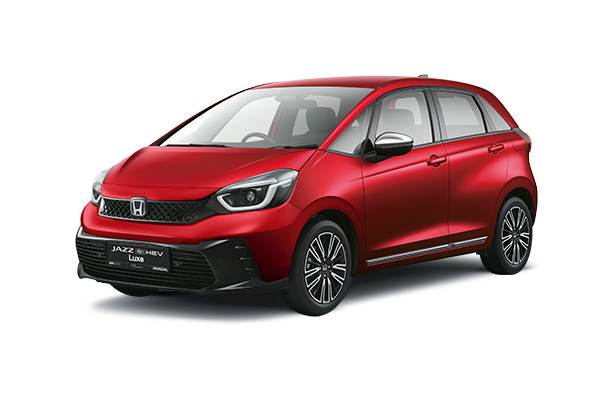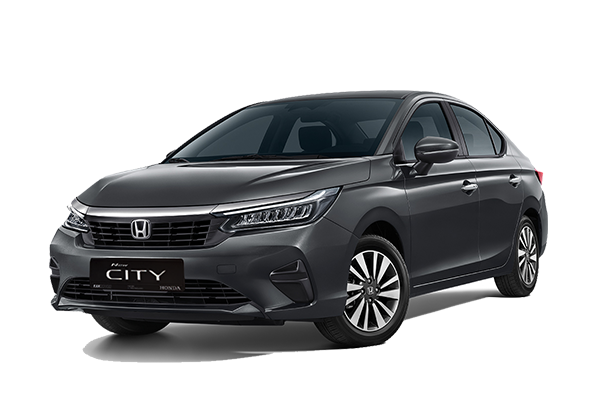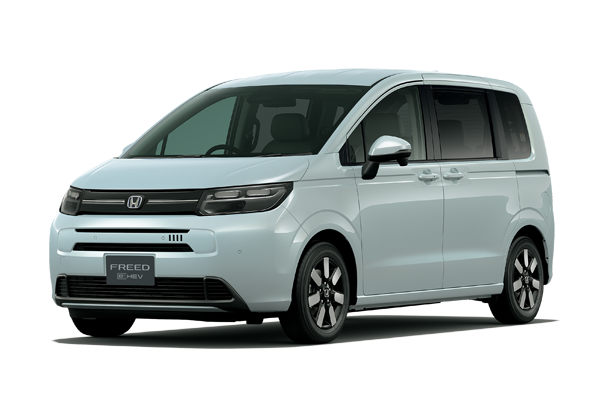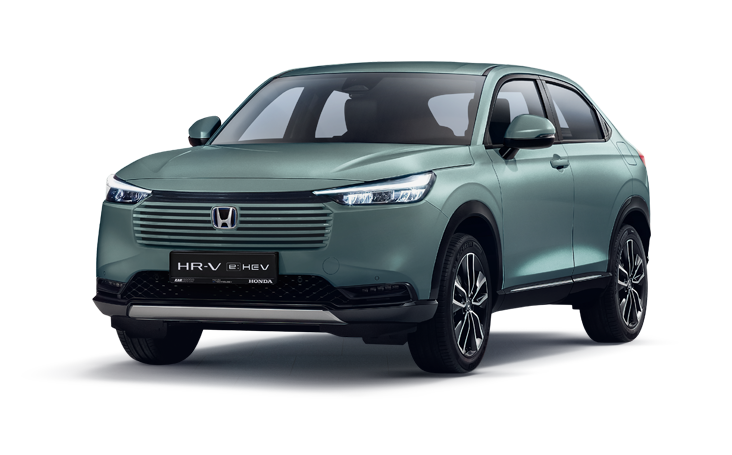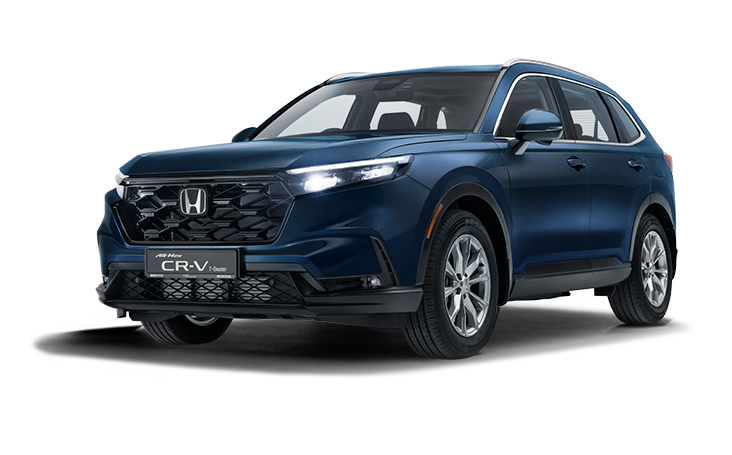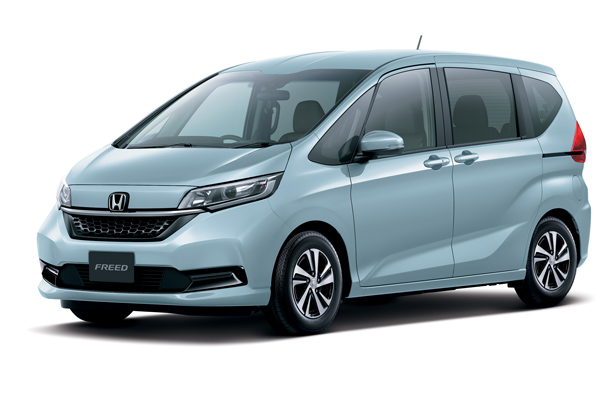2021 Honda Civic 1.5 Turbo Review: Middle Ground
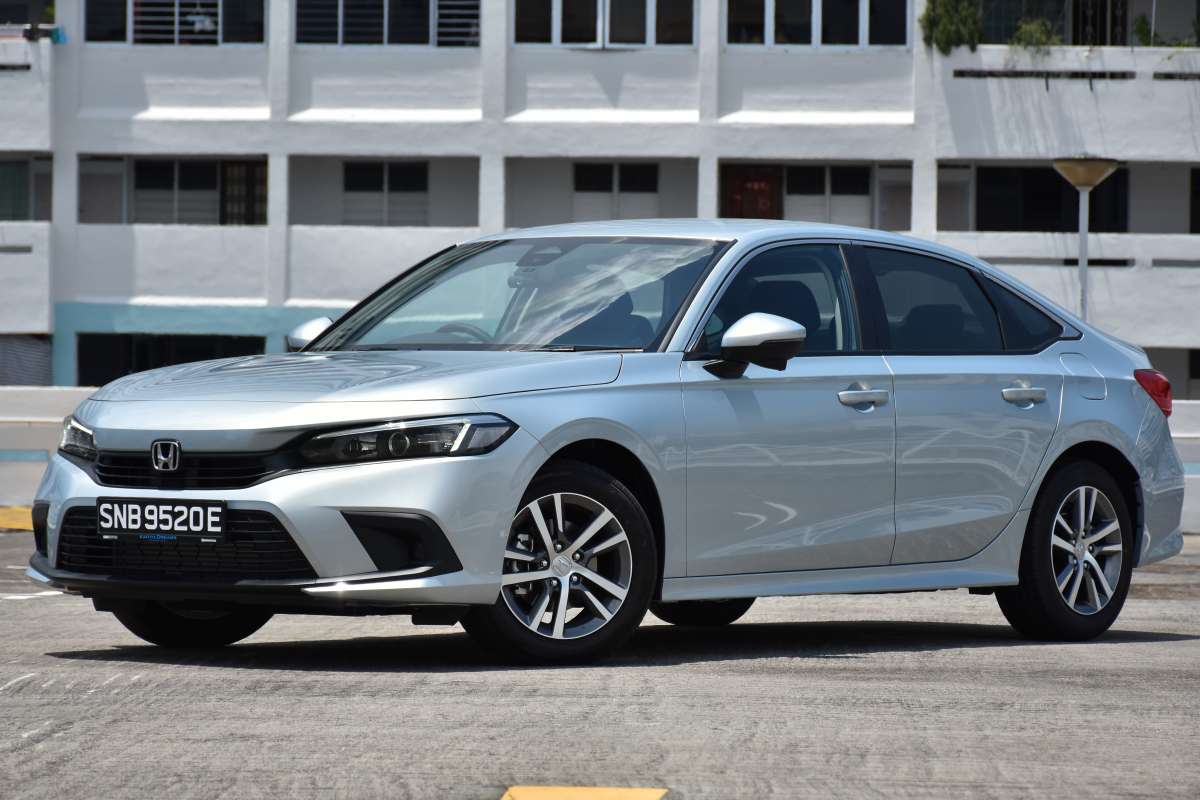
SINGAPORE
The Honda Civic is a name with a long and storied heritage in automotive circles. In its heyday, the Civic, along with its great rival the Toyota Corolla, was pretty much the go-to choice for those shopping in the uber-important mainstream family sedan segment in Singapore. Things are markedly different these days however. The Civic now faces much greater competition than ever before, most notably from the Koreans who are making great strides in attempting to best the Japanese at their game with their excellent all-round value. There’s also heat from above, with Continental rivals like Skoda looking to edge into the family segment, offering European quality at competitive prices.
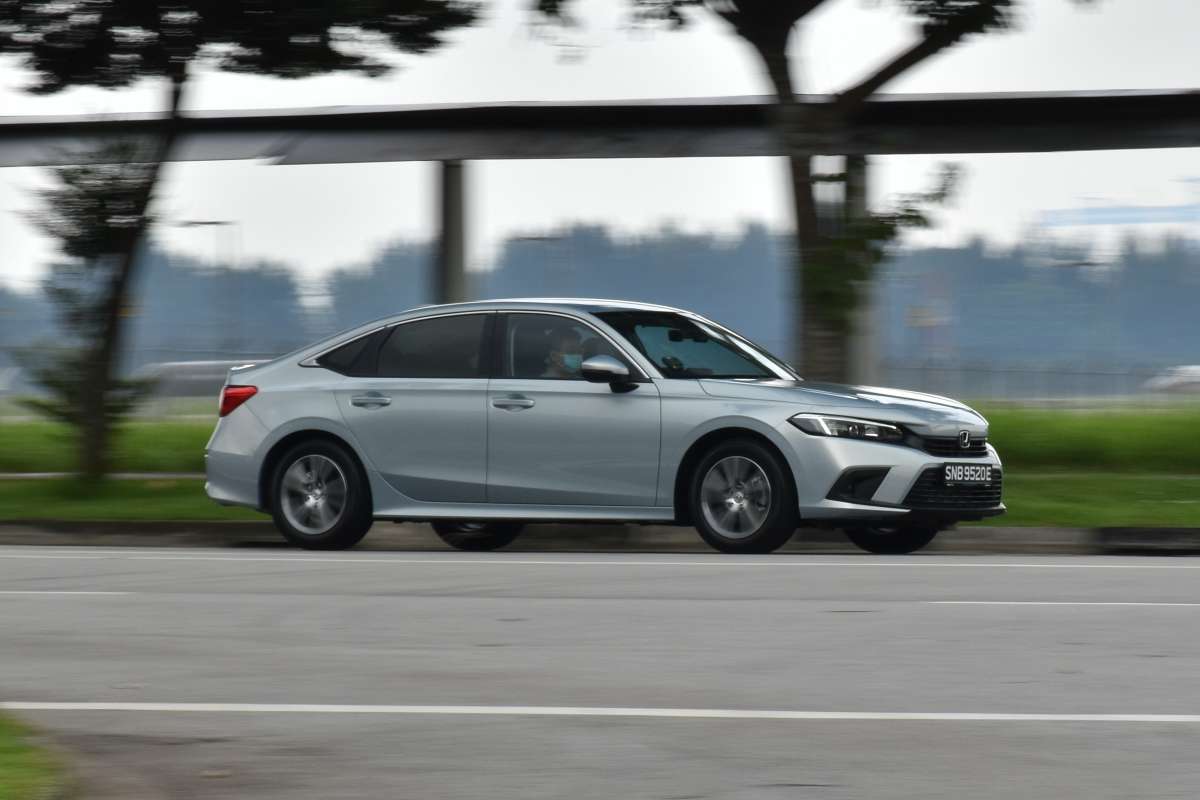
Honda’s family sedan contender clearly has its work cut out then if it wants to stay relevant in the minds of car buyers here. The Civic’s recent history has been decidedly checkered, with Singaporeans taking to the outgoing 10th-generation model pretty well thanks to its unique style and energetic turbo engine. But the previous 9th-generation version was rather mediocre and sold poorly, although its cause wasn’t helped by sky high COE prices during its time on sale here.
The 11th-generation Civic therefore has a pretty tough task ahead of it, with the 10th-generation version setting a pretty high bar to live up to. The new model now boasts a cleaner design that’s more in line with the Honda family look first seen on the Accord and Jazz. The interior has also been completely refreshed, while the buzzy turbo engine has been retained, albeit with a twist. Will that be enough to keep customers away from the Koreans and Europeans though?
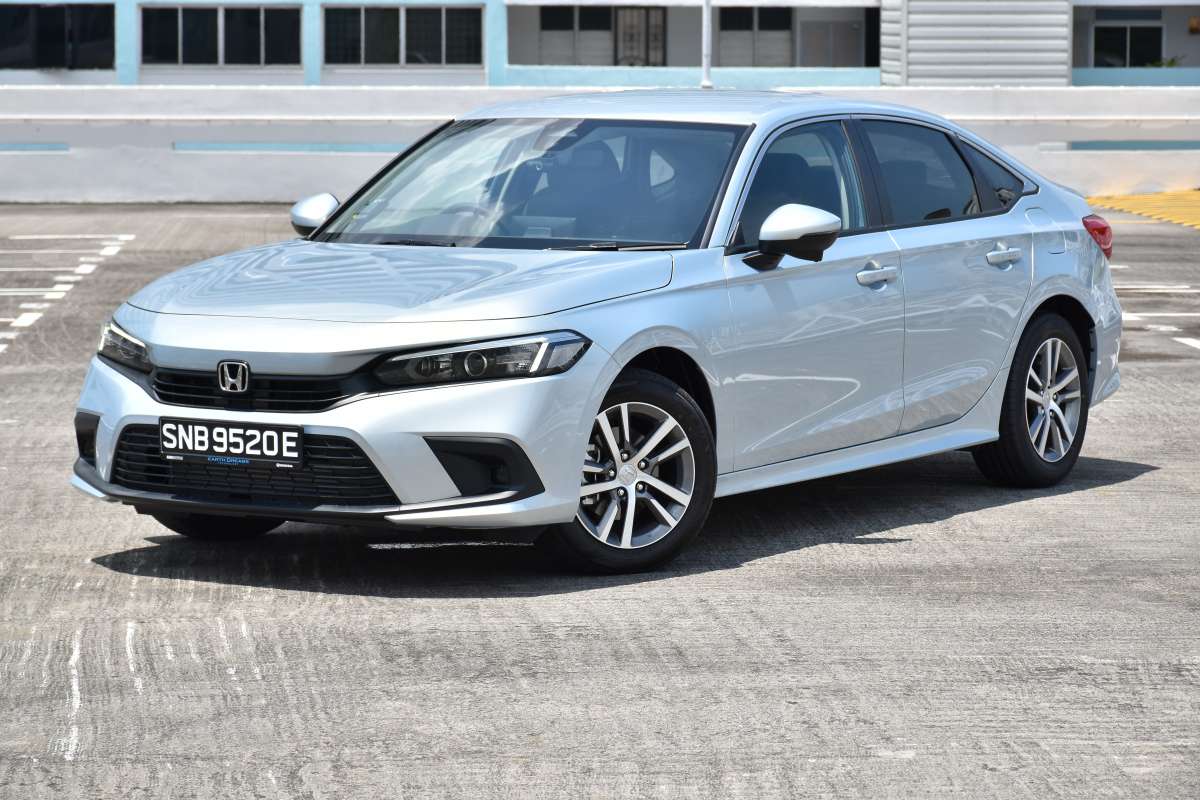
While the outgoing 10th-gen model was sleek and dramatic, with its almost-fastback style that gave it some semblance of sporting pretension, the new 11th-gen Civic cuts to a somewhat more conservative look this time round. It appears that Honda is aiming to push the Civic to a slightly more upmarket position, aligning it closer to its family siblings like the Accord.
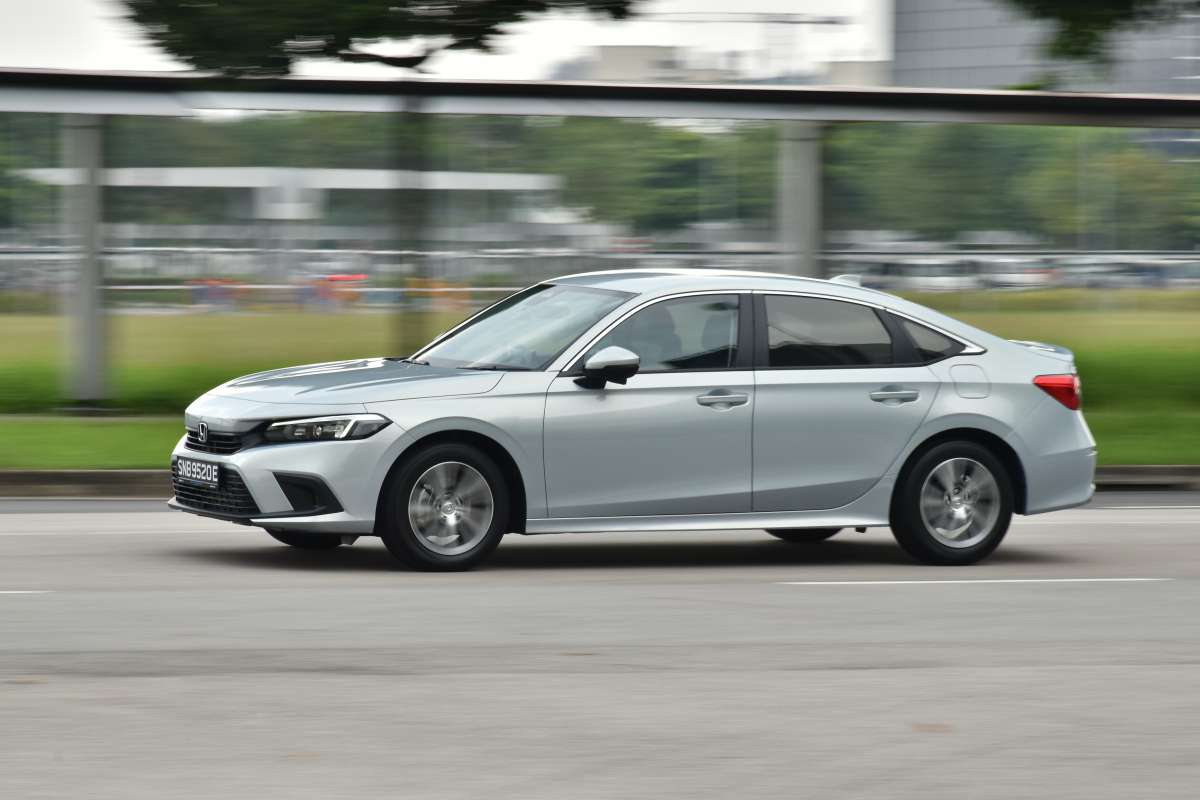
And it achieves that by adding some visual bulk, with the new car some 44mm longer than the previous model. From the side on the car does look fairly stretched out, an effect accentuated by the car’s proportions, with its long bonnet and short, stubby rear. The crease lines along the lower doors, as well as the triangular rear C-pillar window enhances the effect further.
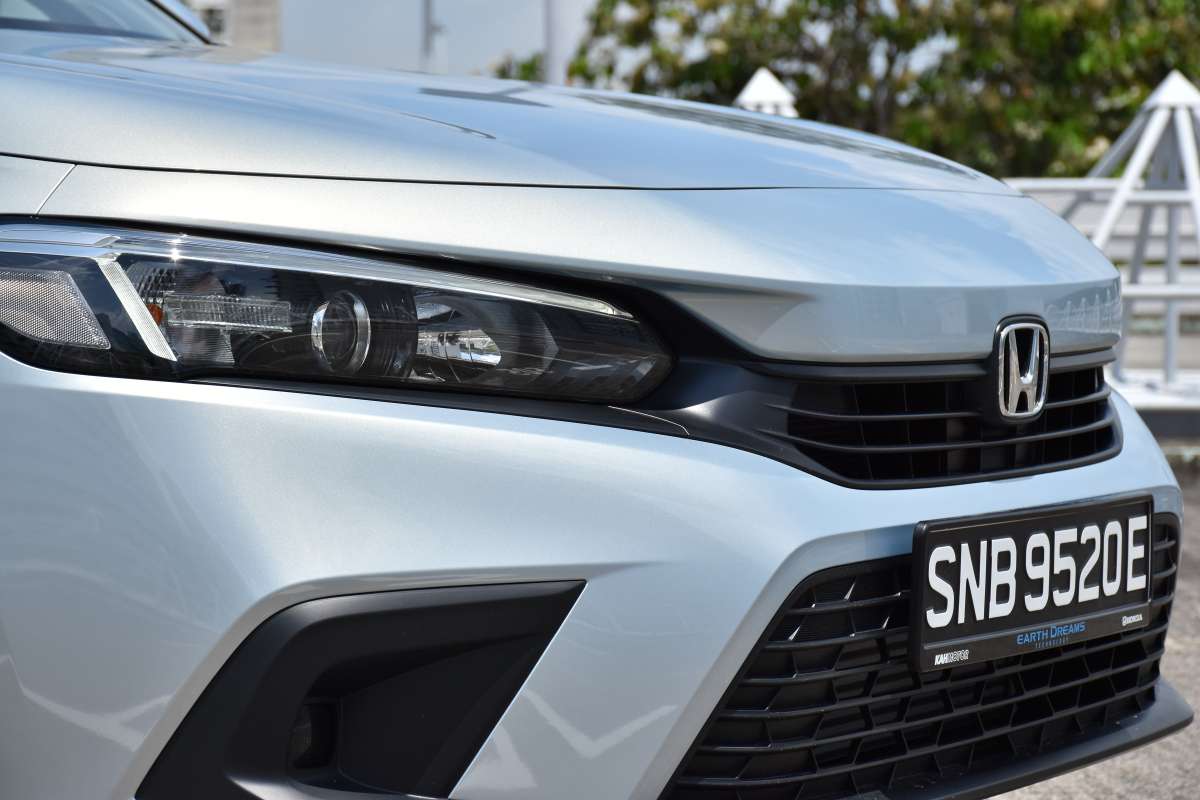
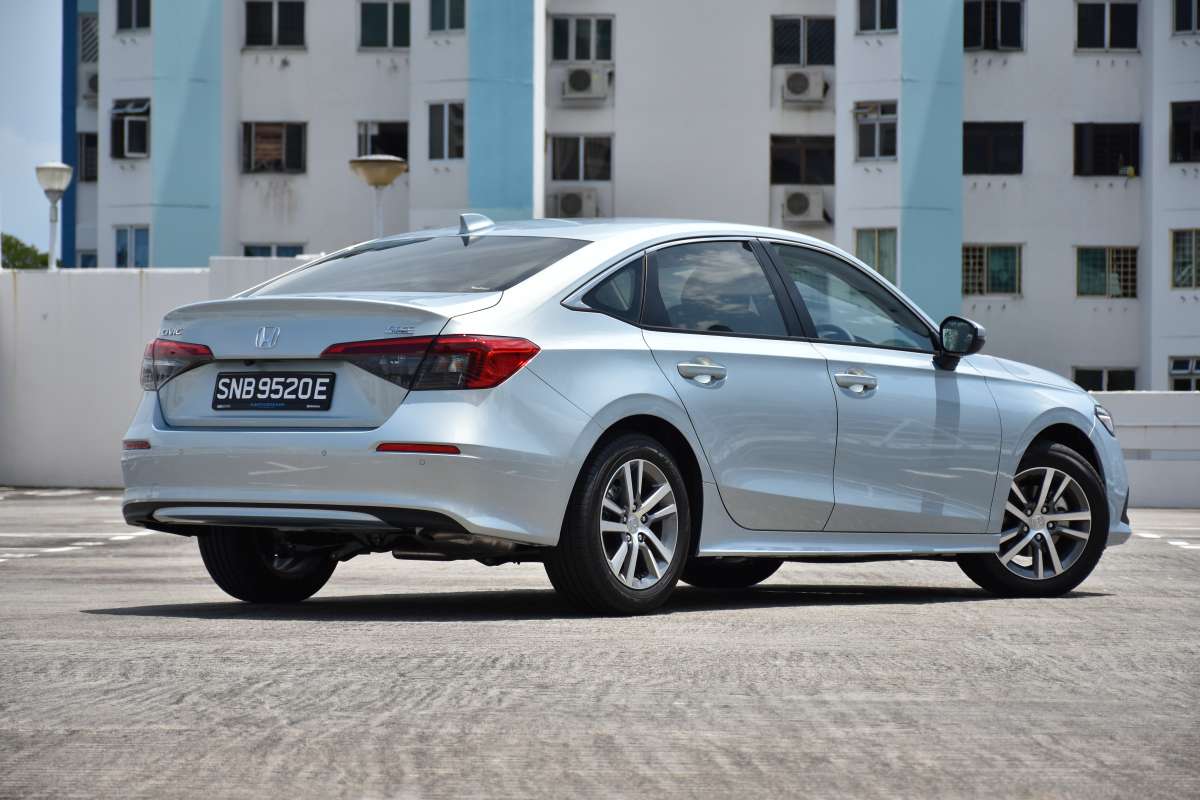
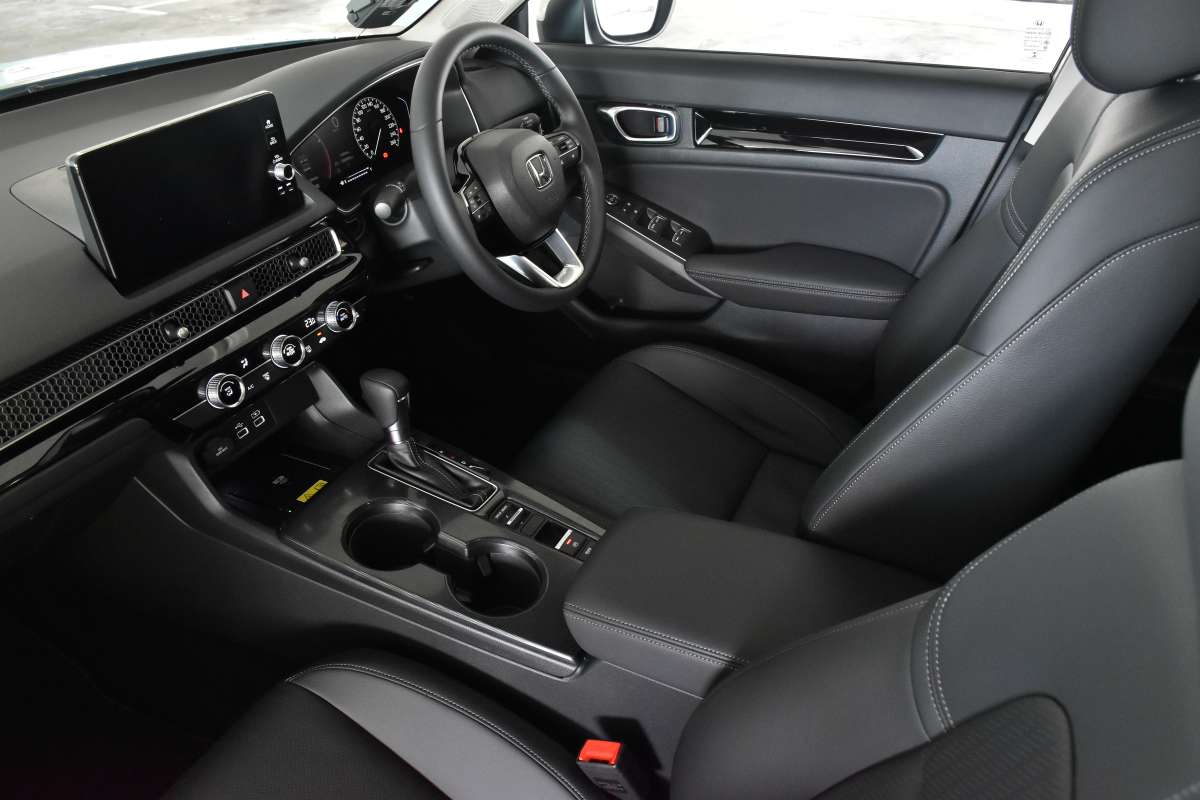
The interior of the new Civic does feel like a substantial upgrade over the outgoing model, certainly in terms of cabin ambience. On first impressions, the cabin materials do seem like a big step up, and the touch points at least feel somewhat more premium and upmarket.
There are some neat touches, like the honeycomb mesh that runs across the width of the dashboard, and hides the aircon vents behind them. It would be cooler still if they were finished in stainless steel perhaps, but at least it looks somewhat different than most traditional applications.
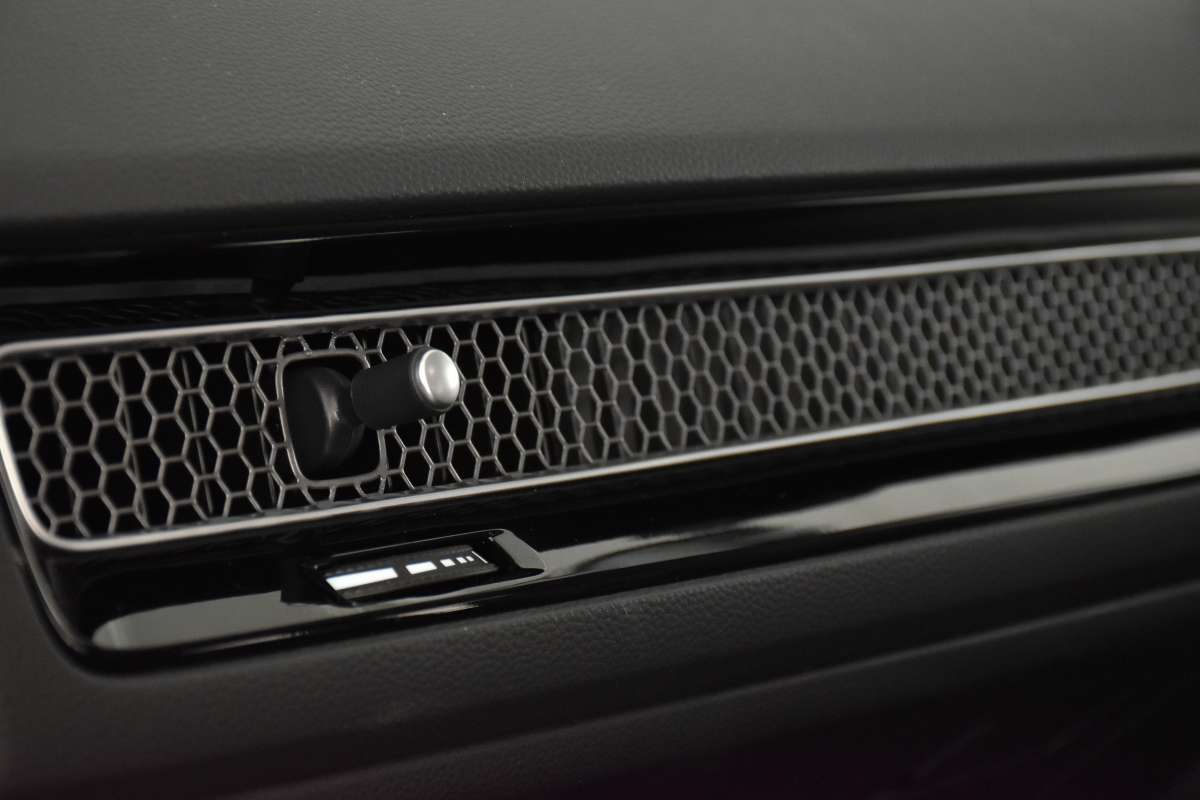
The rest of the dashboard layout is pretty intuitive to use, with all the major controls within easy reach. The controls for the aircon are easy to understand and operate, although a lack of dual zone climate control is a tad surprising. Below that lies your usual options for device charging, including two USB ports, a 12V power socket, and a wireless charger.
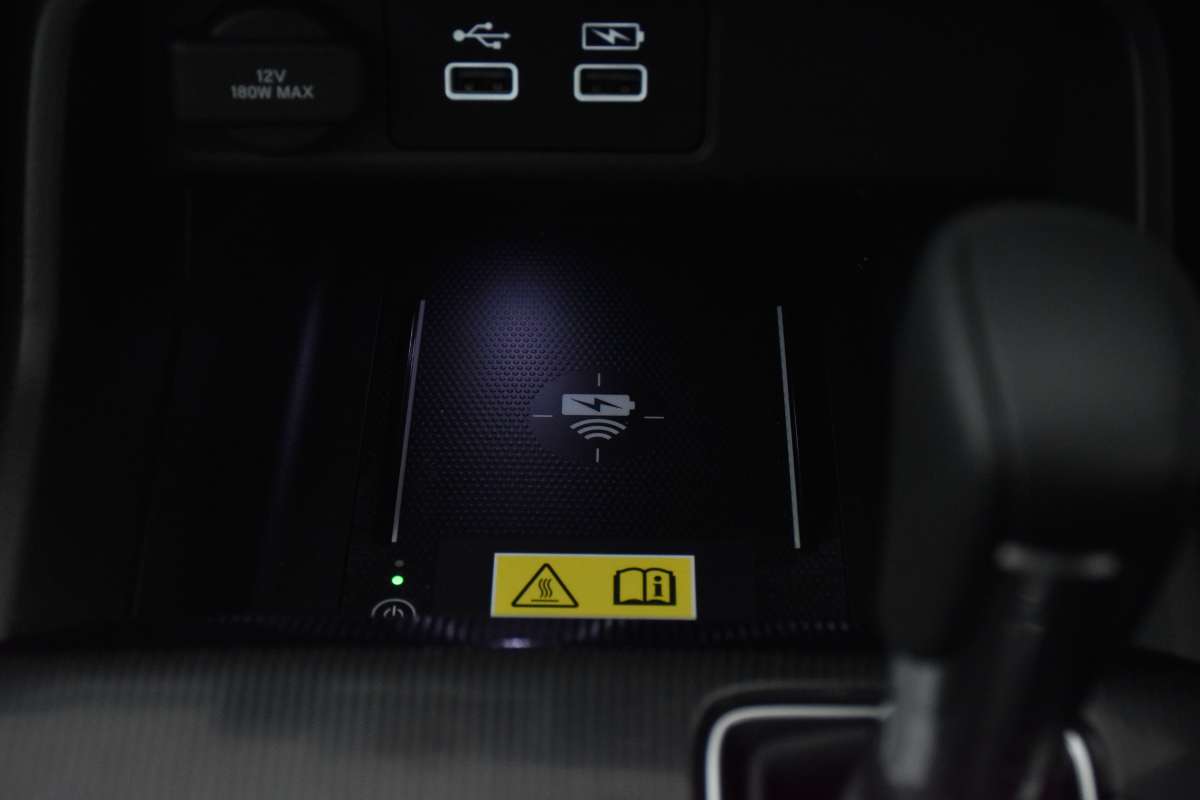
The infotainment touchscreen is a 9.0-inch item, and while it’s not as big as the ones in some of its rivals, it is relatively straightforward to use. The usual Apple CarPlay and Android Auto is also present here, while there’s also wireless CarPlay, which is pretty neat.
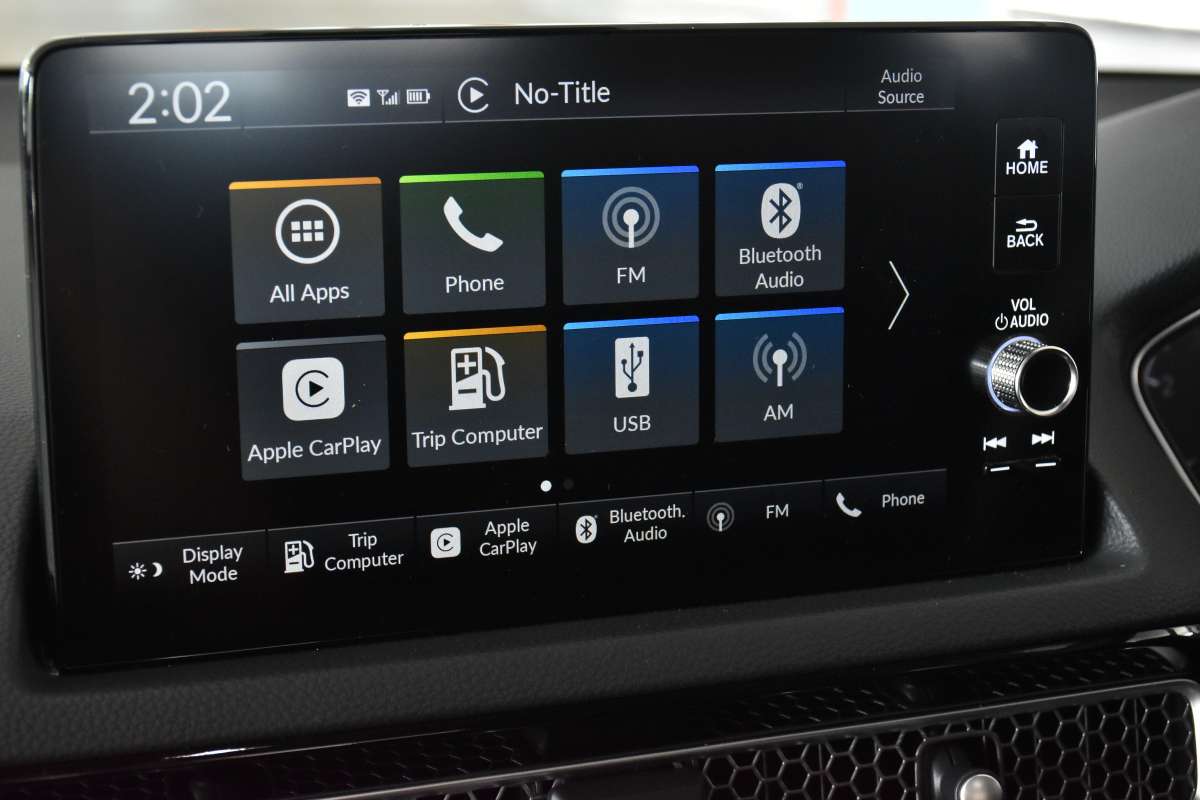
That said, the Civic is still a little bit lacking a few features that are seen in some of its rivals. There are no electric seats, for instance, as well as the aforementioned dual zone climate control. The instrument panel is also a half-digital affair, as compared to the fully-digital item on the Hyundai Avante. Nevertheless, the Civic still offers plenty in its kit bag, notably in the areas of safety.
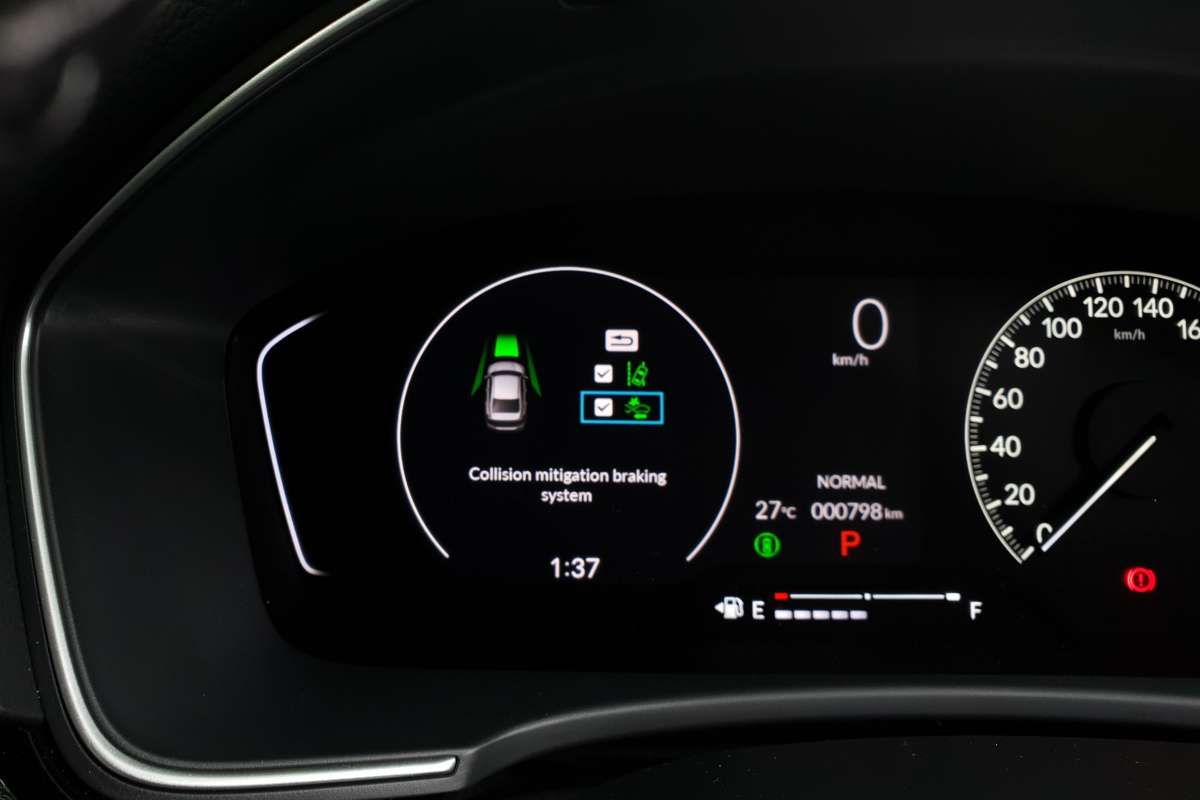
For the first time, the Civic comes with the Honda Sensing suite of advanced driver assistance systems (ADAS) officially from Kah Motor. Included in this package are items such as adaptive cruise control, lane keeping assist, and collision mitigation braking system (AKA collision warning and avoidance).
A generation or two ago, that would have been pretty impressive. But in the current market, these safety features are the bare minimum that one should come to expect from any family car, and even the lower-priced Koreans get those as standard today.
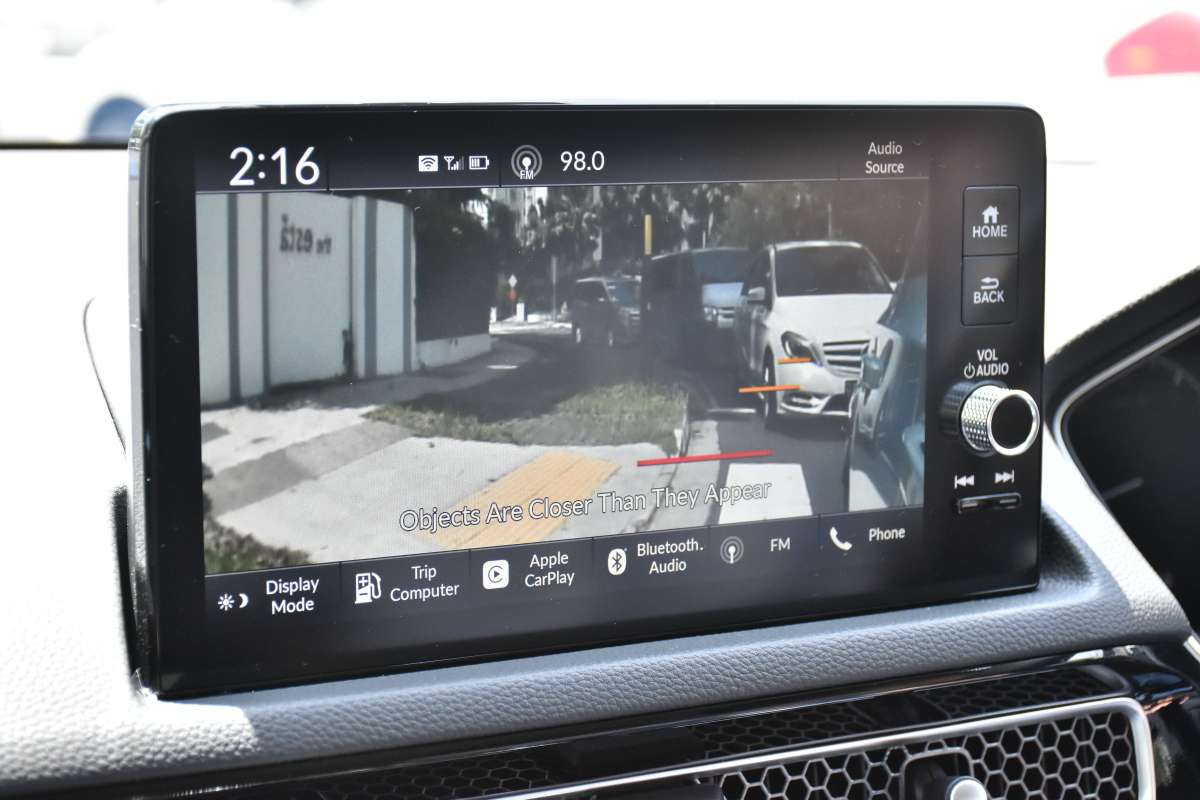
Surprisingly, the Civic omits a blind spot monitoring system. In its place though, it has Honda’s unique LaneWatch system, which uses a camera under the passenger side door mirror to show you what’s in your blind spot when you indicate left. It’s a feature that’s carried over from the last Civic, and does seem like quite a novel solution that works well.
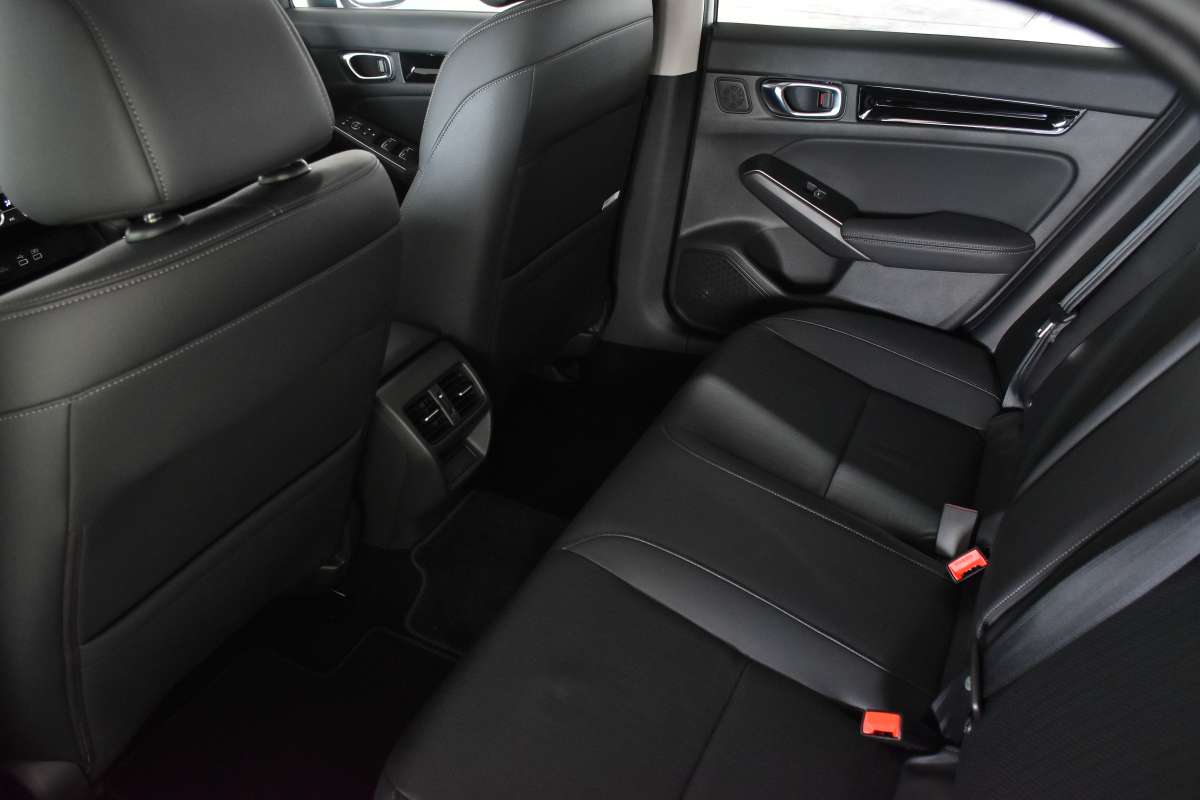
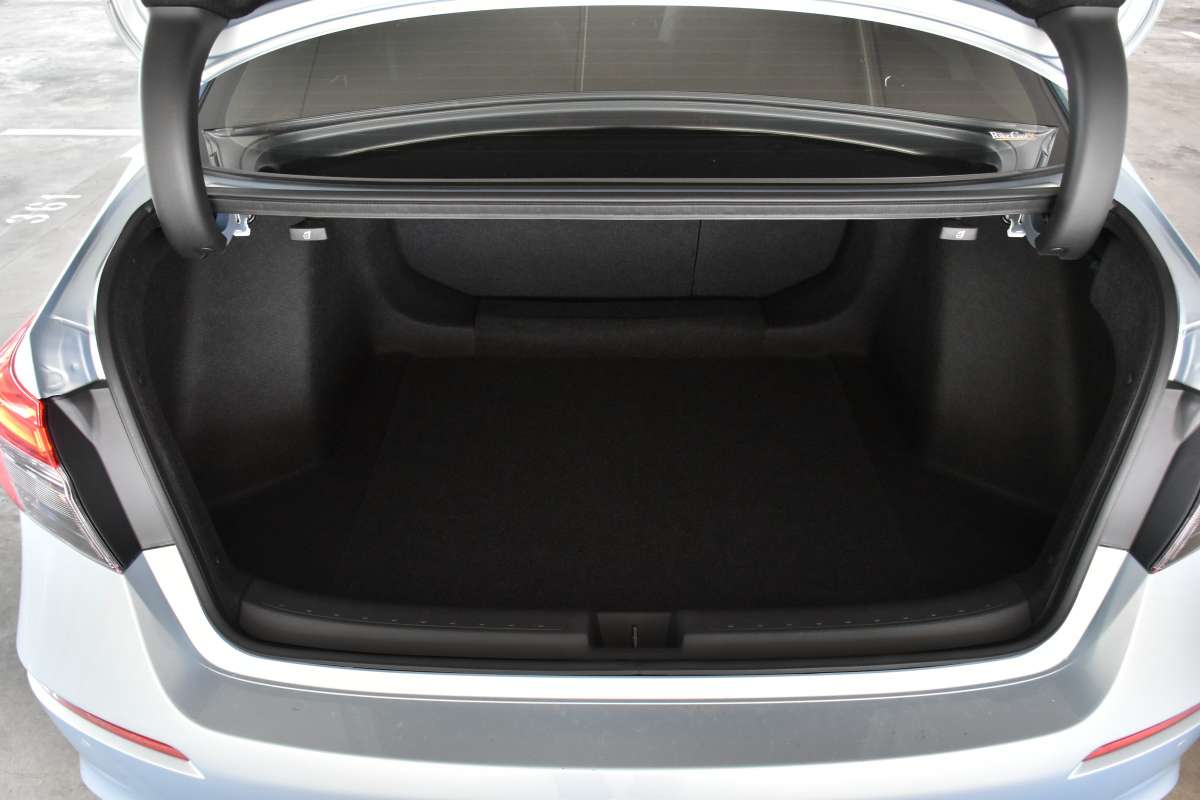
The boot space also stands at a handy 493 litres, which effectively bests all of the Civic’s rivals save for the Kia Cerato. The 60/40 split folding rear seats allow for accommodation of longer items, but the opening is a tad narrow, and impeded by the rear wheel well a little. Overall though, there’s little to complain about when it comes to the Civic’s use of space.

The new Civic’s biggest talking point is its 1.5-litre turbocharged engine, which is actually the same unit as the one in the outgoing model. However, in this iteration, the output has been tuned down to 129hp, instead of 173hp as before, chiefly to enable it to snare a Cat A COE.

Torque has been reduced as well, down to 180Nm from 220Nm previously, and the result is a little bit peculiar. Under normal driving situations, the engine is adequately torquey, and there’s more than enough pep and energy to get the car going along.
Push it further up the rev range though and the car seems to run out of steam a bit at the top end. It feels as though that there’s more to give, but that the engine is somehow strangled and restrained from delivering its full potential.

It’s not a major issue for most drivers really, but it can be a tad disappointing for those who enjoyed the effortless power available from the previous model. Fuel consumption also suffers slightly though, to 6.4L/100km compared to 5.9L/100km on the old model, ostensibly because the engine has to work a little bit harder now.
That said, the Civic does deliver driving enjoyment in other ways. Of all the Asian mainstream sedan offerings, the Civic is usually the one that offers the sharpest drive, and the new model here lives up to that reputation. The steering is light and effortless, and the car feels rather easy to manoeuvre despite its increased size.
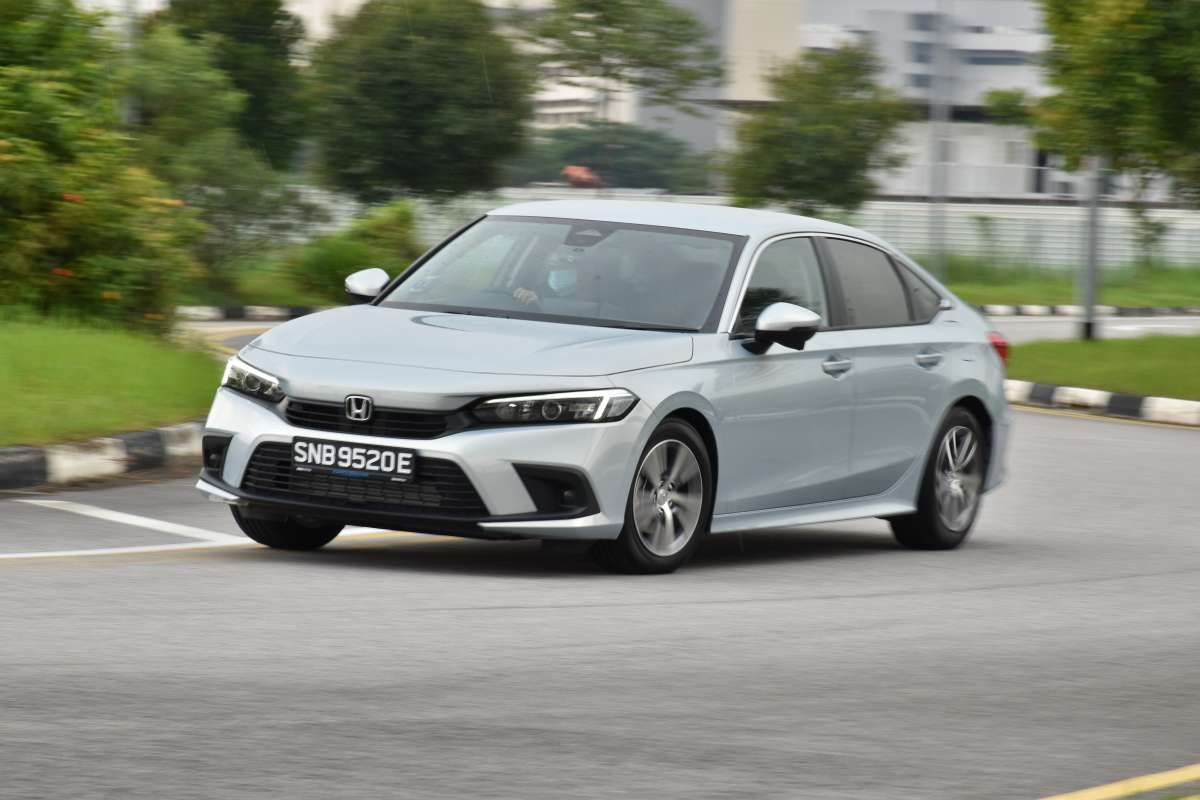
In the corners, the Civic feels taut and composed, and you feel as though you can push it quite hard through a corner before the front washes out, such is its level of grip. It’s not quite as sharp, as, say, a Volkswagen Golf, but there’s a level of driving enjoyment here that you don’t quite get from many of the Civic’s rivals.
At the same time, the Civic is also remarkable refined, with a ride quality that makes the car feel rather big-car like. The suspension does a great job at soaking up the bumps, although perhaps overall cabin insulation can be better, as the tyre and engine noise can be rather vocal especially at higher speeds.

At S$125,099 inclusive of COE, the Civic is somewhat pricey when compared to most of its competitors. That price point puts the Civic squarely in the territory of the Skoda Octavia, and while there’s plenty to like about the Honda, it doesn’t quite match up to the better overall quality of the Skoda.
At the same time, the Kia Cerato and Hyundai Avante are going for nearly 20 grand less, and though the Civic is a much better car to drive, it’s hard to argue with the value that the Koreans offer, especially since they’re pretty much neck-and-neck when it comes to spec and feature count.
Perhaps Honda might justify the price premium on the Civic’s turbo engine, but its detuned nature does make its case a little bit harder to argue. We reckon if the Civic was priced closer to its main Japanese rival, the Toyota Corolla Altis (S$110,888 with COE), then it might stand a greater chance of being competitive against its rivals, taking into account what the Civic can offer.
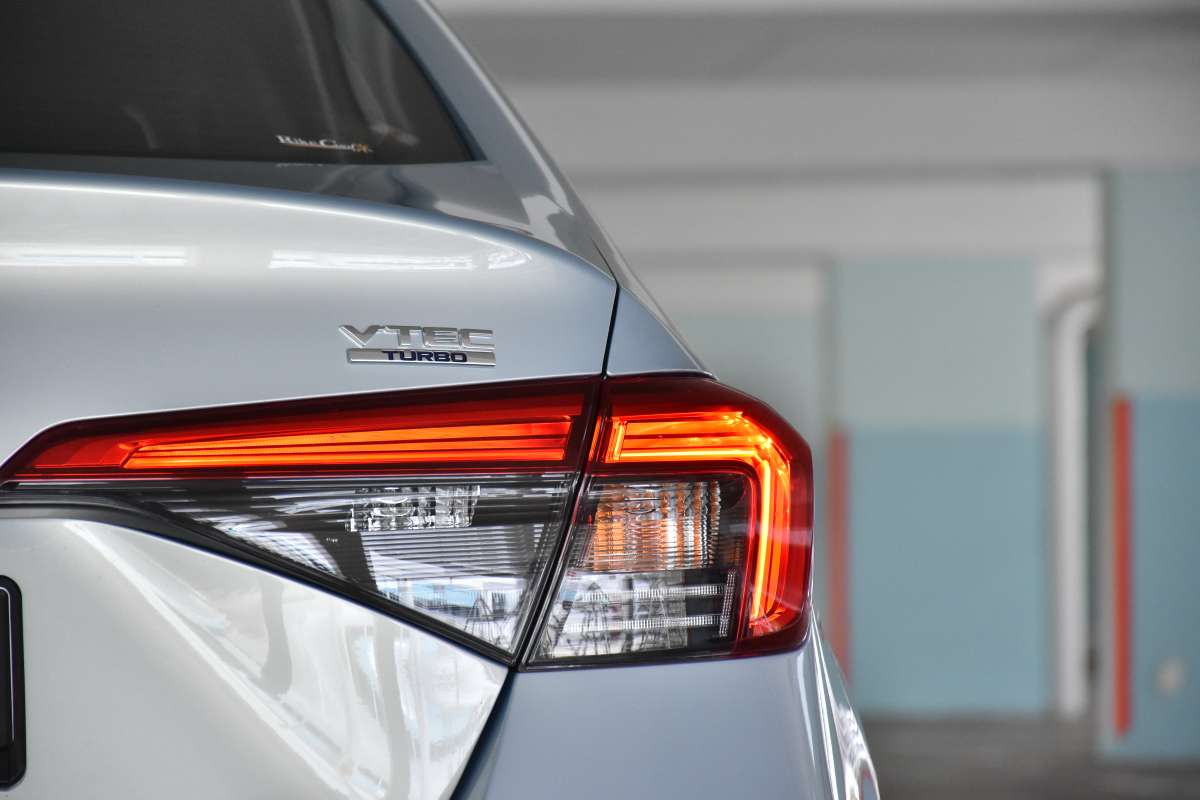
But as it stands, the Civic, while fundamentally actually a good product, falls into an area that’s neither here nor there. A less powerful non-turbocharged engine might help to bring the price down, but would dampen the car’s appeal substantially. What might work though is a hybrid drivetrain, which would help the Civic net a substantial VES rebate (the Turbo is in the neutral B band), but as of now there appears to be no plans for Honda to offer it one.
After eleven generations, the Civic arguably deserves better, and hopefully car buyers can see the car for what it can offer for both the keen driver as well as the average family man, despite its somewhat steep asking price.
Credits: CarBuyer. Author: Ben Chia
Original Source: https://www.carbuyer.com.sg/2021-honda-civic-turbo-review-singapore/

